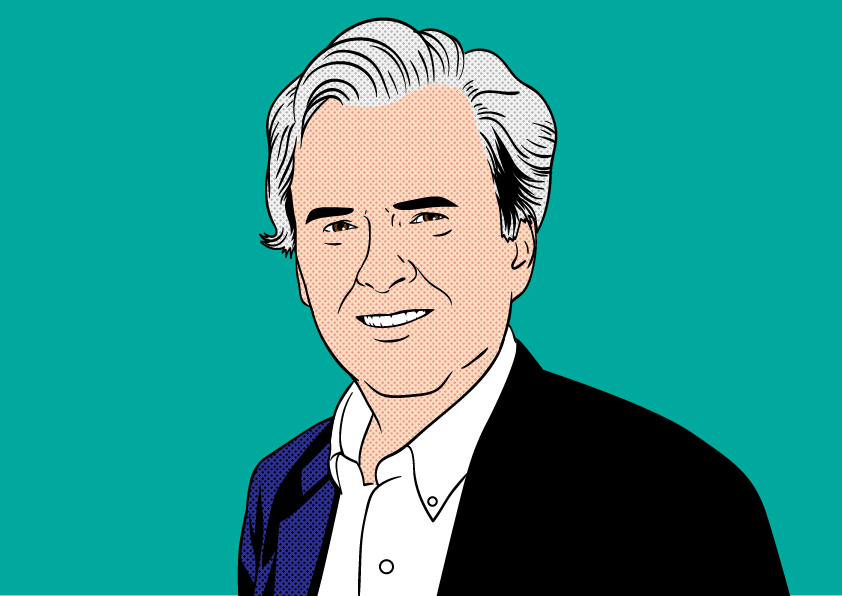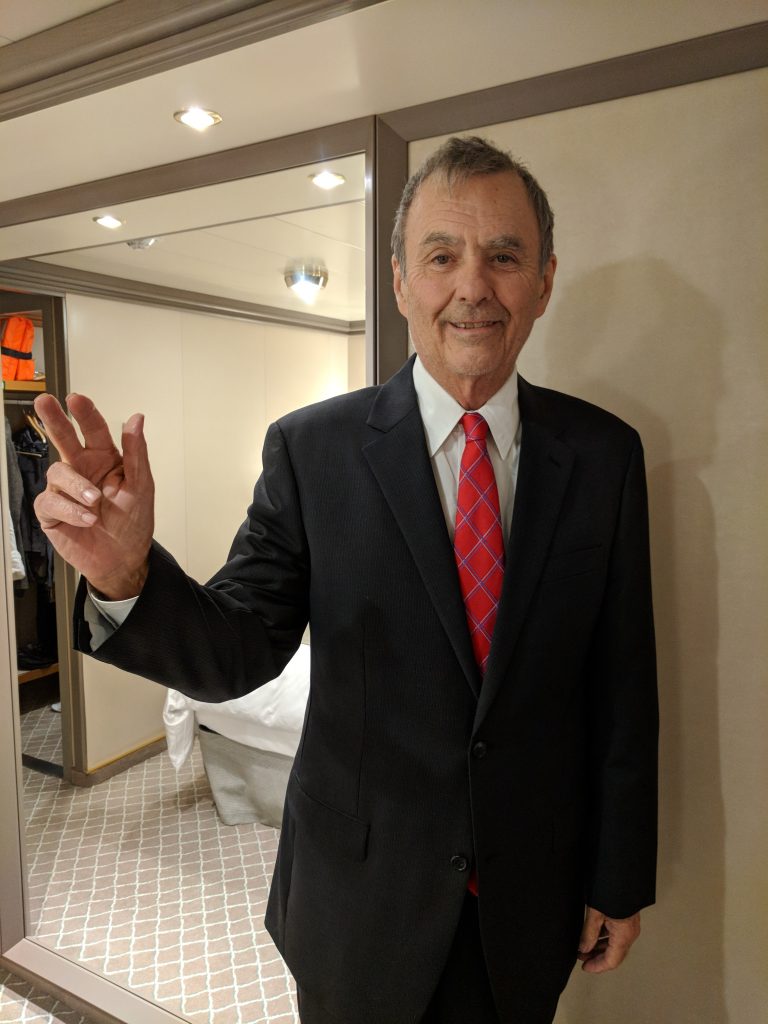Are You Covered for Medical Issues on the Road?
by Robert McGarvey

The United States Travel Insurance Association (USTiA) just issued a report that says only 6% of us buy travel medical insurance. Are we all fools?
Uh, no. Answer a few questions to start.
Question: how old are you?
Another question: where do you work?
A third – crucial – question: Do you travel out of the US?
The last question sets the table. If you don’t, or rarely, travel out of the US, you probably have little to worry about especially as regards emergency care. Even if you are in Medicare Advantage – a managed care approach – you are covered for emergencies in the US even if your network has no presence. Ditto for holders of other managed care policies: you probably are covered for emergencies in the US.
So this story tosses a match on fears but there may be nothing to fear here but fear itself.
But probably, like me, you travel outside the US occasionally. Maybe once a year. Maybe a bit more often.
Listen up: that foreign travel could wreck your bank account if a medical emergency hits. Few policies cover foreign care. Not even emergencies.
Even some domestic medical treatment may ding your wallet if it happens away from home. Read that again. If you live in the Bronx the care you get in Bayonne may not be covered. Ouch.
First the good news. Most of us in fact are covered for emergencies in the US. Then there’s the fine print. The word to notice is “emergency.” If you break your arm, it’s an emergency. It’s probably covered. What if you sprain it? What if you really only pulled a muscle? Hang tight because you may be getting billed personally if you are out of network.
Be very cautious about seeking care when you are away from home and out of network, even if you are in the next state. Many plans will deny coverage for what they deem routine care that’s delivered out of network. Said Consumer Reports: “if you have a relatively minor problem—say, you sprained your ankle or suspect your child has strep throat—how much of your bill is covered can depend on where you seek care and the type of insurance you have, says Cathryn Donaldson, director of communications at America’s Health Insurance Plans, a trade association for insurance companies.
“Your insurer may treat your out-of-town healthcare as an out-of-network claim. As a result, you could be on the hook for a larger portion of the cost or the whole bill.”
If in doubt – and you often should be – contact the insurer for advice before seeking out of network care.
The bigger problem is with foreign travel and, yes, we hear stories of travelers with significant medical issues, a broken limb for instance, getting dinged for several thousand dollars in US cash before a hospital will admit the patient. These stories aren’t in Europe or Canada but traveler beware in a lot of the world.
Which brings us back to the money question: are you covered abroad? The first step: if you are an employee, ask your HR department. Also ask if you are covered when traveling for work and how about on vacation. The answers may differ.
Don’t be surprised if a rider covers business travel incidents – but not personal travel. For that you may need special coverage (see below).
You have a personal, Obamacare type policy? Check the fine print but the odds are high it offers no coverage outside the US. You too need special coverage.
What about Medicare recipients? A very, very few Advantage plans offer international coverage. So do a few traditional plans. But the vast majority provide bupkis. If you are on Medicare and you travel outside the country – and that means exactly what it says: you ordinarily aren’t covered in Canada or Mexico either – get travel medical insurance unless you know your plan specifically says otherwise.
Can you count on the kindness of strangers, that is, hope you will get gratis emergency care? Stories of same were numerous a generation ago, especially among travelers to European Union countries where the hospitals generally do not bill patients and many simply winked when a US patient came in. Do not count on that nowadays as many national health programs are straining under use and lack deep pockets. Ireland for instance says forget about it.
Bottomline: most of us need to take special steps to be sure we are covered when we travel abroad. That usually means buying a policy.
Want coverage? JoeSentMe subscribers get a deal on MedJetAssist Global Evacuation. That’s a $35 discount on a personal policy, $50 on a family deal.
Many others offer one-off policies for specific trips. Shop carefully, buy only from names you know and trust. This is a space with a lot of hucksters and you don’t want to find out you got fleeced when you are on the operating table in Rome.
Personally, for years, I have had a medical protection policy via American Express that provides up to $50,000 in expenses per incident and, no, in today’s medicine that isn’t a lot. But the policy costs me just a notch above $100 annually. Alas, that policy may not be available to new customers, but other outlets offer similar.
Just don’t go out of country without knowing you are covered. And don’t go out of network domestically without knowing similar.

